|
Wednesday, August 22, 2018
|
|

|
|
|
Monthly newsletter focusing on how light-based technologies are being used in the life sciences. Includes news, features and product developments in lasers, imaging, optics, spectroscopy, microscopy, lighting and more. Manage your Photonics Media membership at Photonics.com/subscribe.
|
|
|
|
sponsor
|

|
|
Light-Based Approach Manages Chronic Neuropathic Pain
Researchers from the European Molecular Biology Laboratory (EMBL) Rome identified a specific population of nerve cells in the skin that are responsible for sensitivity to gentle touch. These are also the cells that cause severe pain in neuropathic patients. The research team developed a light-sensitive chemical that selectively binds to this type of nerve cell. By first injecting the affected skin area with the chemical and then illuminating it with NIR light, the targeted nerve cells retract from the skin's surface, leading to pain relief.
|
|
|
|
|
|
Double-Helix Point Spread Function Delivers Precise Extended-Depth Microscopy
Light microscopy is a powerful method used in many scientific disciplines, including the life sciences, to visualize finer details in samples. The use of fluorescence enables specific targeting and labeling of biomolecules and other chemicals. However, in light microscopy there are trade-offs between the time it takes to acquire an image, the resolution of the resulting image, and photobleaching or damage to the sample. Recent developments in the field have pushed these limitations.
|
|
|
|
|
|
 Point-of-Care Optics Helps Halt the Spread of Infectious Diseases
Point-of-Care Optics Helps Halt the Spread of Infectious Diseases
Early diagnosis is the critical starting point to a better outcome for a patient. Medical experts and health care companies around the world recognize the value of developing ways to diagnose infectious diseases noninvasively at the point of care (POC), particularly in developing countries and rural areas where medical screening can be nonexistent. Many believe that readily available optical componentry that can be scaled up for volume production provides the best route to success.
|
|
|
|
|
|
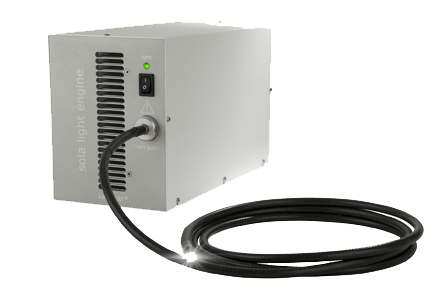 It Just Keeps Getting Better....
It Just Keeps Getting Better....
Lumencor Inc.
Lumencor’s new SOLA SE nIR Light Engine with added Cy7 excitation.
- Breadth: UV + visible + nIR light: 350–760 nm
- Brightness: ~ 4.0 W optical output
- Control: Light on/off and graduated intensities
- Ease: No maintenance, no consumables, mercury–free
Visit Website
Request Info
|
|
|
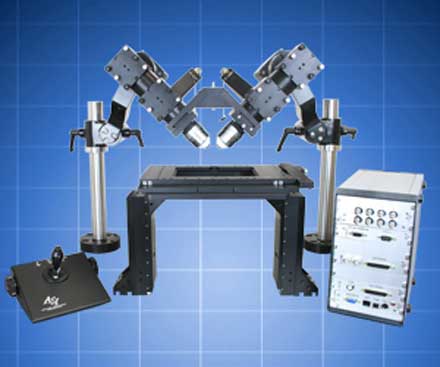 Dual Light Sheet Microscopy
Dual Light Sheet Microscopy
Applied Scientific Instrumentation Inc.
ASI’s Dual Selective Plane Illumination Microscopy for Cleared Tissue (ct-dSPIM) is one of many light sheet microscope configurations possible using our modular components. This flexible and easy-to-use Selective Plane Illumination Microscopy (SPIM) implementation allows for dual views of large samples.
Visit Website
Request Info
|
|
|
|
|
|
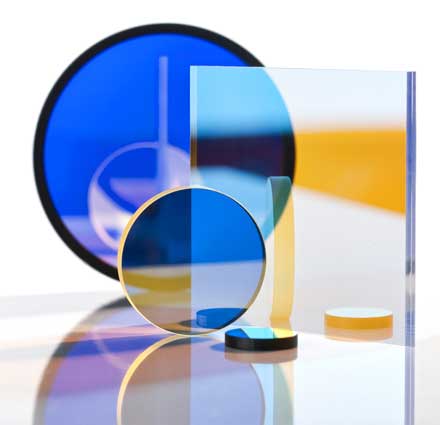 Alluxa Ultra Series Filters and Coatings
Alluxa Ultra Series Filters and Coatings
Alluxa
Alluxa Ultra Series Filters, including Narrowband, Dichroic, UV, IR, and Notch filters, provide the highest performance optical thin film solutions available today. For example, the Ultra Series Flat Top Narrowband filters offer the narrowest bandwidths and squarest filter profiles in the industry.
Visit Website
Request Info
|
|
|
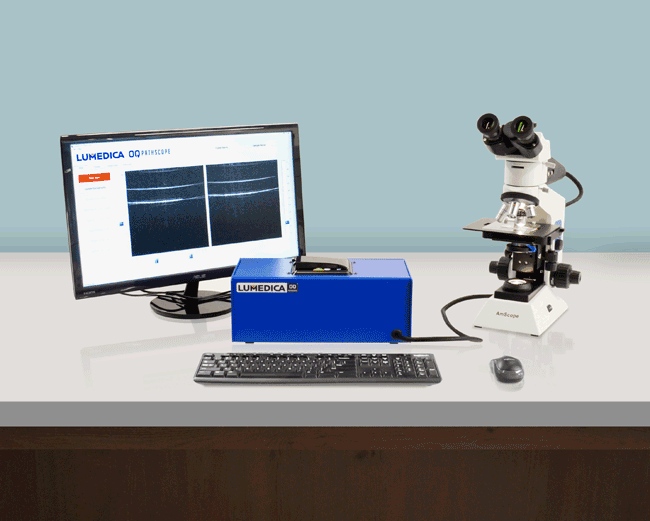 Introducing the Lumedica OQ PathScope
Introducing the Lumedica OQ PathScope
Lumedica
Lumedica is proud to introduce the newest member to its low-cost OCT imaging OQ Series lineup: The OQ PathScope. OCT (Optical Coherence Tomography) is a valuable bench tool for pathology teams that want to process and analyze their histological sections with a smarter, more efficient workflow.
Visit Website
Request Info
|
|
|
|
|
|
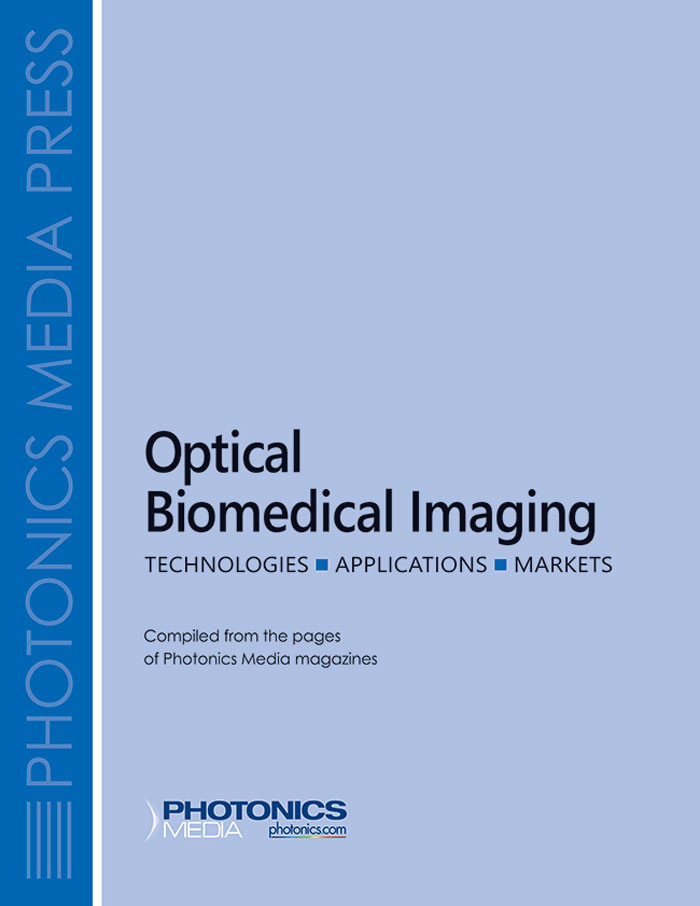 Optical Biomedical Imaging
Optical Biomedical Imaging
Photonics Media
At last, a reference work has been compiled that offers in one place a broad survey of technologies, applications and markets for optical biomedical imaging, as only Photonics Media could produce it. This collection is a practical resource for those engaged in the research and development of relevant technologies.
Visit Website
Request Info
|
|
|
|
|
|
Hollow Glass WGR Improves Nanoparticle Detection
A newly fabricated whispering gallery resonator (WGR), in the form of a tiny glass bubble just a hair’s breadth wide, has demonstrated the ability to detect the presence of minute particles more effectively than existing WGRs.
|
|
|
|
|
|
Researchers announce the open availability of the largest CT lesion-image database accessible to the public. DeepLesion, created by a team from the National Institutes of Health (NIH) Clinical Center, could help foster the development of deep-learning approaches for computer-aided detection (CADe) and diagnosis (CADx).
|
|
|
|
A compact eye fundus camera system has been developed that allows a user to photograph retinal images of the interior of the eye by using high-speed image-processing NIR light. At 2.3 mm2, the system is small enough to fit on a smartphone.
|
|
|
|
How to Accelerate Your Optics, Photonics, and Imaging Startup with Luminate
Thu, Sep 6, 2018 3:00 PM - 4:00 PM EDT
In this webinar you will learn about Luminate, the only international startup accelerator focused solely on next-generation optics, photonics, and imaging (OPI). If you're an entrepreneur who is working on solving problems in these fields, you may be eligible to participate in Luminate. The webinar will cover the criteria for participation and the selection process, as well as the technical, engineering, and support services that Luminate offers to help you successfully launch a business.
|
|
|
|
Features
In Vivo Optical Spectroscopy, Fluorescence Sensing for Imaging, Advances in Laser-Based Therapies, Plasmonics for Biosensors
Photonics Media is currently seeking technical feature articles on a variety of topics for publication in our magazine BioPhotonics. Please submit an informal 100-word abstract to Senior Editor Justine Murphy at Justine.Murphy@photonics.com or use our online submission form www.photonics.com/submitfeature.aspx.
|
|
|
|